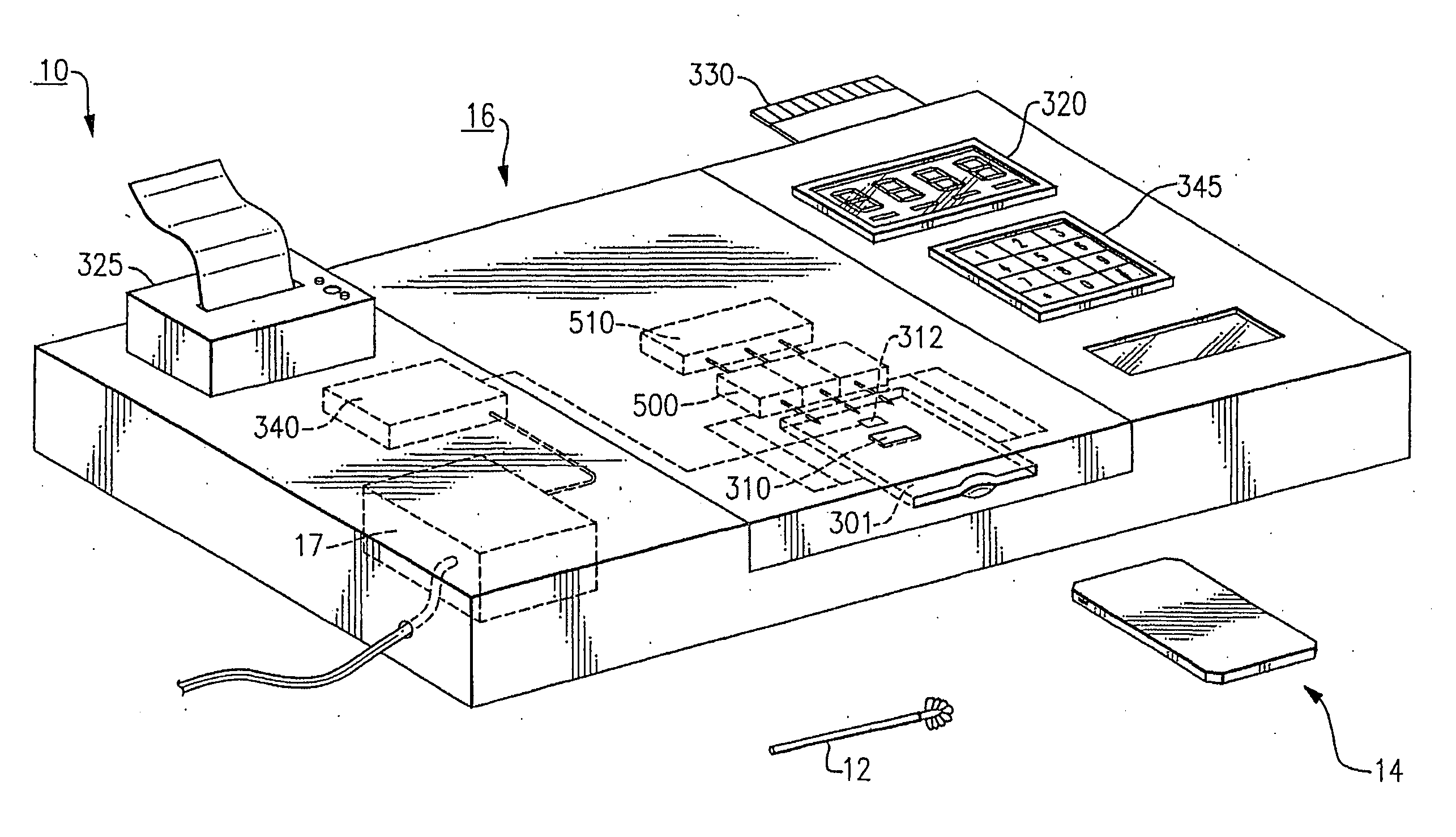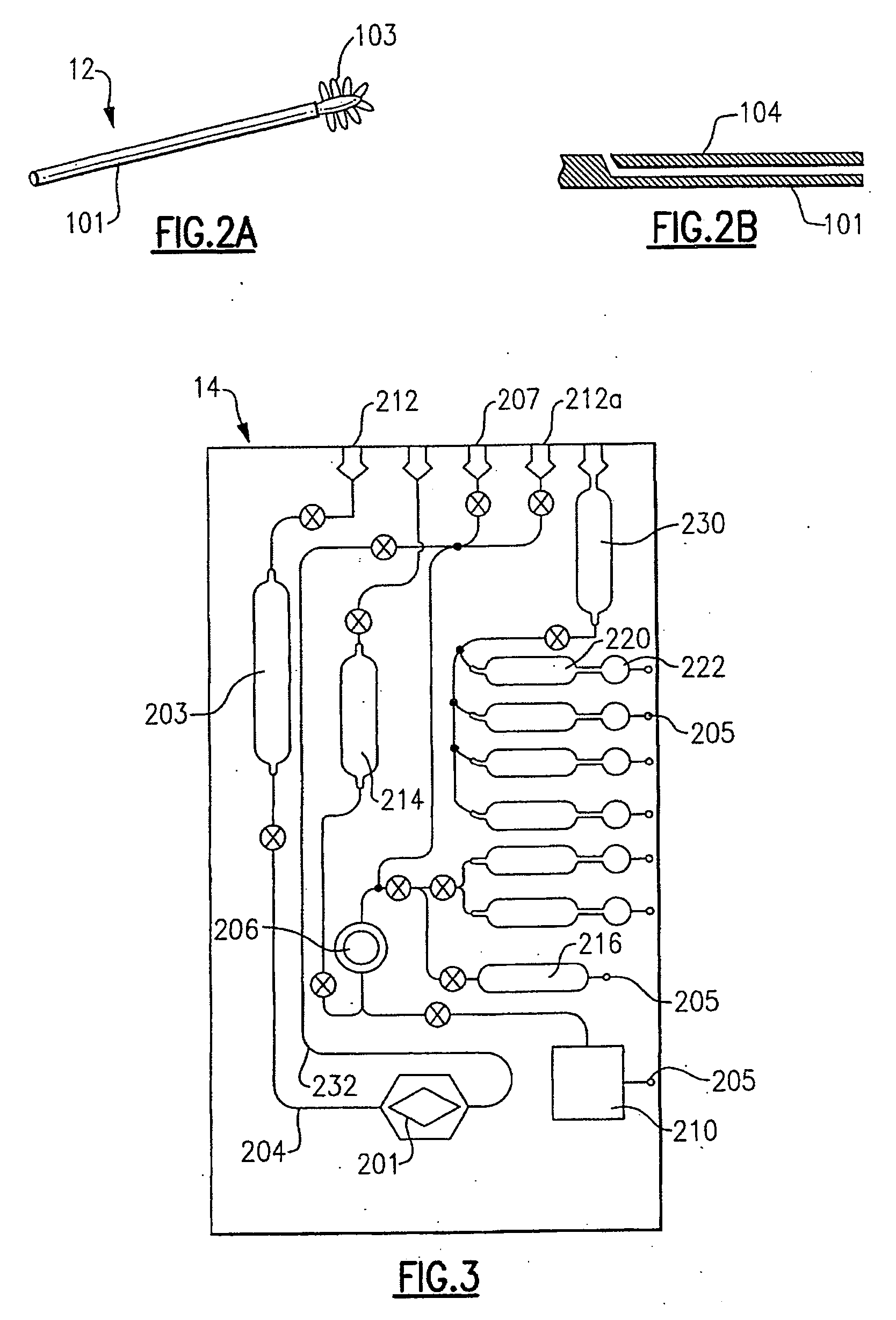Rapid diagnostic assay
a nucleic acid and rapid technology, applied in the field of medical diagnostics, can solve the problems of providing significant cost savings throughout the medical system, difficult to distinguish influenza-related respiratory illness from illness caused by other respiratory pathogens based on symptoms alone, and complex diagnosis, etc., to achieve rapid and easy use, improve specificity and sensitivity, and reduce training.
- Summary
- Abstract
- Description
- Claims
- Application Information
AI Technical Summary
Benefits of technology
Problems solved by technology
Method used
Image
Examples
Embodiment Construction
[0036] The invention herein described provides a diagnostic test that can be performed rapidly and at the point-of-care, such as in a doctor's office, at a bedside, in the field, or in an emergency room. As used herein, point-of-care testing refers to real time or near real time diagnostics that can be done in a rapid time frame so that the resulting test is performed faster than comparable tests that do not employ this system. Point-of-care testing is testing at or near the site of patient care, wherever that medical care is needed.
[0037] As used herein, diagnosis refers to a predictive process in which the presence, absence, severity or course of treatment of a disease, disorder or other medical condition is assessed. As used herein, a patient or subject includes any mammals for which diagnosis is contemplated. Humans are the preferred subjects.
[0038] The present invention is directed to detecting selected nucleic acids from a sample. The nucleic acid in the sample will be a seq...
PUM
| Property | Measurement | Unit |
|---|---|---|
| nucleic acid diagnostic | aaaaa | aaaaa |
| acid | aaaaa | aaaaa |
| nucleic acid assay | aaaaa | aaaaa |
Abstract
Description
Claims
Application Information
 Login to View More
Login to View More - R&D
- Intellectual Property
- Life Sciences
- Materials
- Tech Scout
- Unparalleled Data Quality
- Higher Quality Content
- 60% Fewer Hallucinations
Browse by: Latest US Patents, China's latest patents, Technical Efficacy Thesaurus, Application Domain, Technology Topic, Popular Technical Reports.
© 2025 PatSnap. All rights reserved.Legal|Privacy policy|Modern Slavery Act Transparency Statement|Sitemap|About US| Contact US: help@patsnap.com



